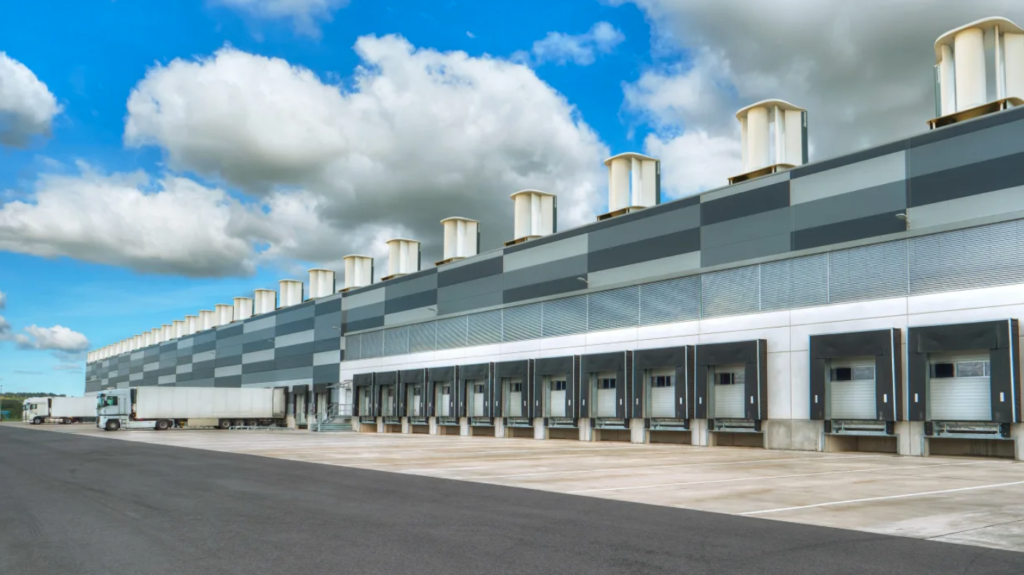A typical wind turbine is massive—roughly as tall as the Statue of Liberty, with blades that stretch wider than a football field. (Some are even bigger, like a new offshore turbine from Siemens that has a 774-foot-wide rotor.) By contrast, a new 10-by-10 foot turbine is relatively tiny. And without moving blades, it isn’t immediately recognizable as wind energy tech.
The devices, designed by a startup called Aeromine, are meant to sit on the edge of a rooftop instead of out in a field, and can work alongside solar panels. “I like to think of this as kind of disruptive and complimentary to the solar business,” says Aeromine cofounder and CEO David Asarnow. “Our production can be stronger. At the same time, when you pair the two, you really have a path for on-site energy independence.”

There have been other attempts to bring wind turbines to rooftops, but there are challenges—spinning blades are noisy, distracting, and (like their larger counterparts) can kill birds. Aeromine has no moving external parts, so it’s quiet and protects wildlife. Some other rooftop designs use a spinning axis, but can’t generate as much power.
When it’s perched on a roof, the tech uses the aerodynamic effect of the wall below it. “The building amplifies the wind speed,” Asarnow says. The wind is drawn in between two airfoils, similar to the shape of airplane wings. “As the wind hits those airfoils, it creates a negative pressure that sucks the wind that’s hitting the building through an internal propeller on the bottom of the unit, which creates the energy production which connects directly to the building,” he says.
When the devices are manufactured at scale, they’ll be cheaper than solar panels, producing 50% more energy at the same cost. Because the units sit at the edge of the building, with 20 to 40 lined up in a row, the rest of the roof can still use solar. Because wind tends to be more powerful later in the day than solar, the two approaches work well together. And if a building adds batteries to store energy, it won’t need as many of those batteries. With the combination of wind, solar, and batteries, some buildings may be able to avoid using grid power completely.
Aeromine plans to work first with commercial buildings like warehouses, with long, flat roofs where the devices can easily be added. In a current pilot, one of the units is being tested on the roof of a BASF factory near Detroit. The technology could also help at apartment buildings, where new electric vehicle chargers are spiking power demand. The company plans to launch the product on the market by the end of next year.
Text by Adele Peters
Via Fast Company
